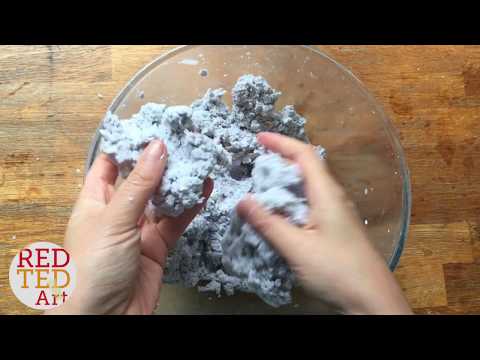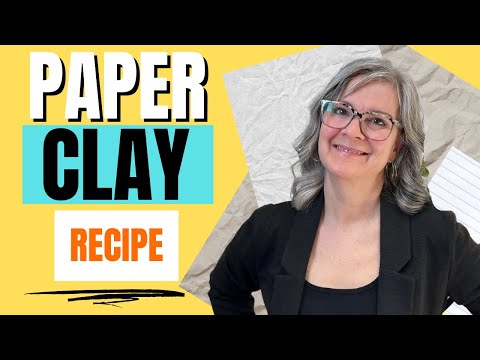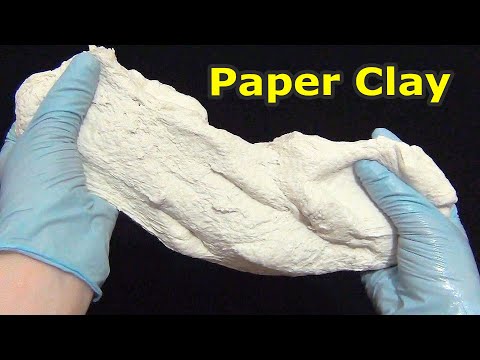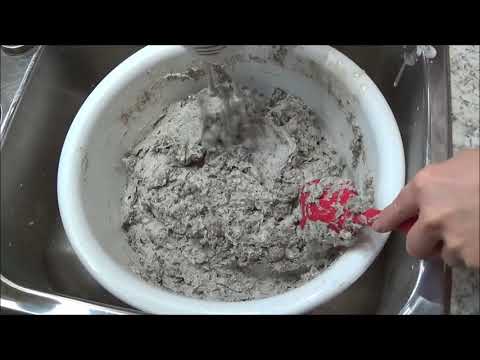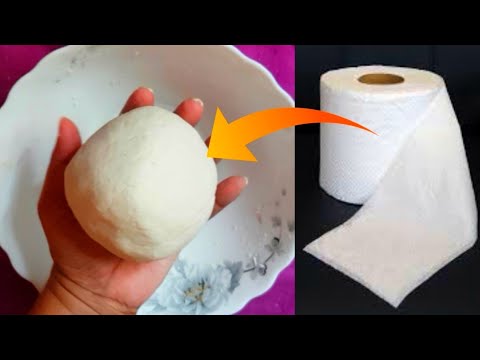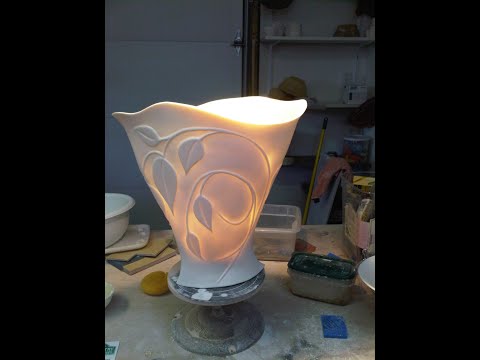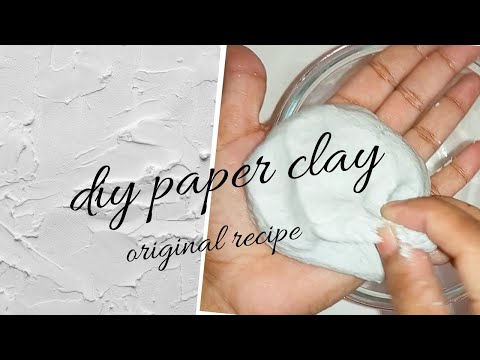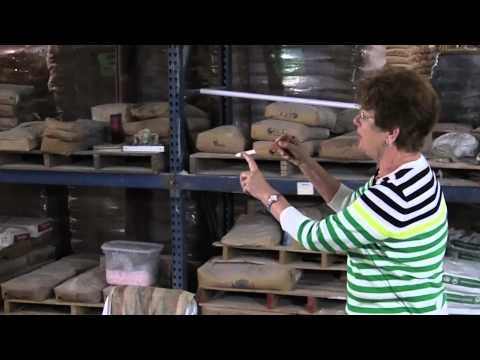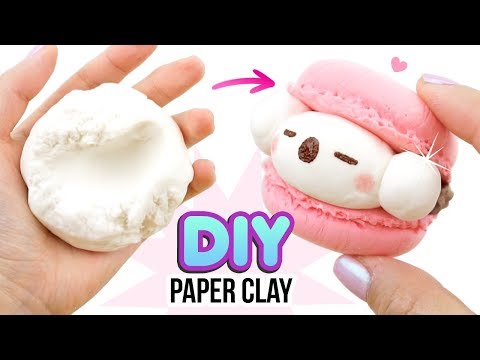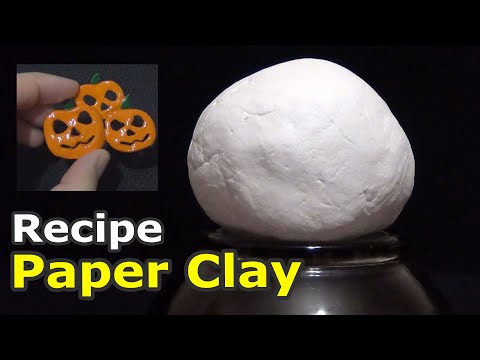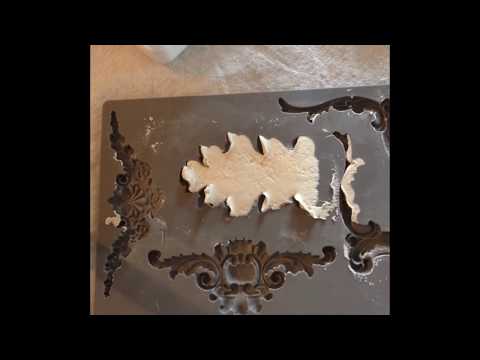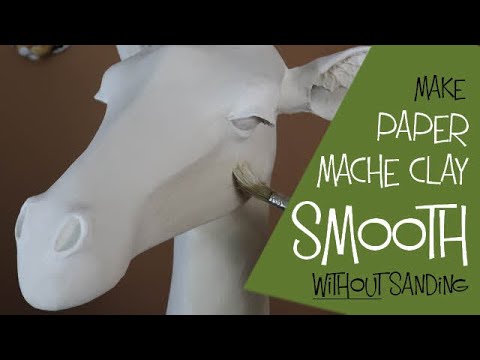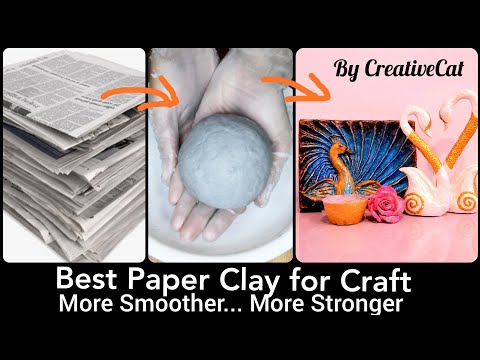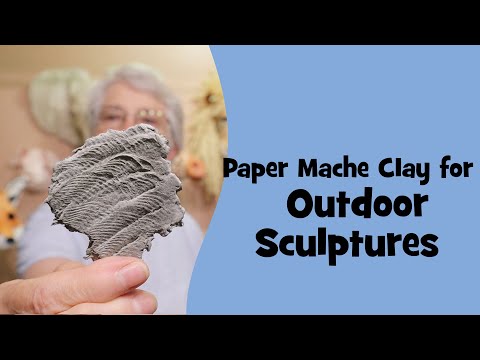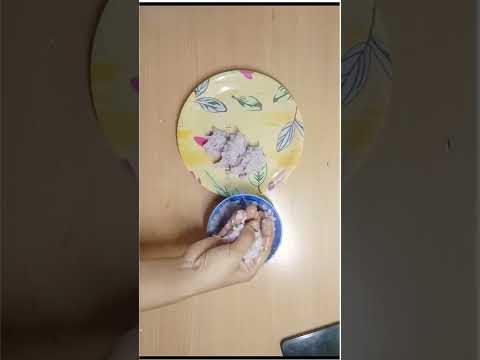- Gather Your Materials
- Prepare the Paper
- Blend the Paper
- Mixing Paper Pulp with Clay
- Drying the Paper Clay
- Storing the Paper Clay
- Using Paper Clay
- Drying and Firing
- Finishing
Making and using paper clay is a rewarding process that combines the traditional medium of clay with the unique properties of paper pulp, resulting in a material that’s both strong and versatile.1

How to make
1. Gather Your Materials: You’ll need clay (any type of clay you prefer to work with), paper (recycled paper or newspaper works well), and water. Additionally, you’ll need a blender or a mixer to combine these materials.
2. Prepare the Paper: Tear the paper into small pieces. The smaller the pieces, the easier it will be to blend them. Soak the paper in water for a few hours or overnight. This softens the paper fibers and makes them easier to blend.
3. Blend the Paper: Drain the soaked paper and place it in a blender. Add water to help the blending process. Blend until the paper turns into a smooth pulp. The consistency should be similar to a thick paper mache paste.
4. Mixing Paper Pulp with Clay: Wedge your clay to ensure it’s free of air bubbles. Gradually add the paper pulp to the clay. The amount of paper pulp you add depends on your needs; typically, it’s around 20-30% of the total mixture. Knead the clay and paper pulp together until well combined. This can be physically demanding, so take your time to ensure an even mix.
5. Drying the Paper Clay: Paper clay can be wetter than regular clay due to the added water in the paper pulp. Spread the paper clay out on a plaster bat or a similar absorbent surface to wick away excess moisture. You want the clay to reach a workable consistency.
6. Storing the Paper Clay: Store your paper clay in an airtight container or a plastic bag to prevent it from drying out. If the paper clay is too wet, you can always wedge in more dry clay to reach the desired consistency.
7. Using Paper Clay: Paper clay can be used like regular clay in sculpting, coiling, slab building, and even on a potter’s wheel. Its advantage lies in its strength when joining dry to wet pieces and its reduced shrinkage and warping during drying and firing.
8. Drying and Firing: Dry your paper clay creations slowly to prevent cracking. Paper clay can be bisque fired and glaze fired like normal clay. However, the paper burns out during the bisque firing, leaving a slightly porous, lighter structure.
9. Finishing: After firing, your paper clay piece can be finished with glazes, paints, or other decorative techniques just like any other ceramic piece.
Experts give their advice

Paper clay is especially useful for delicate or complex ceramic projects where additional strength is needed. It allows for more experimentation in form and structure, making it a favorite among sculptors and ceramic artists looking to push the boundaries of traditional clay work. Getting the right moisture balance in paper clay is crucial. It should be pliable but not too wet. If it’s too dry, it can become brittle; if it’s too wet, it can be difficult to shape and may warp or collapse.

Paper clay tends to dry faster due to the paper content. Dry your pieces slowly and evenly to prevent cracking. You can cover them loosely with plastic to control the drying rate.

Another good tip is to use the strength of paper clay to your advantage. It’s particularly effective for supporting thin or delicate parts of your work. Apply small amounts of fresh paper clay to reinforce these areas.
Do you have advice you would like to share?
More Pro Tips
- Take Advantage of the Joining Properties – One of the biggest advantages of paper clay is its ability to join dry to wet pieces without slumping or cracking. Use this property to add details or make repairs even after the main body of the work has dried.2
- Experiment with Texture – Paper clay can create unique textures. Experiment with different types of paper or varying the paper-to-clay ratio for different effects.
- Be Mindful of the Firing Process – During the bisque firing, the paper in the clay will burn out, which can affect the firing process. Ensure proper ventilation in your kiln, especially when firing paper clay for the first time.
- Testing Glazes – The porous nature of fired paper clay can affect how glazes are absorbed and appear after firing. Test glazes on scrap pieces of your paper clay to understand how they will react and look.
- Recycle Scraps – Paper clay can be recycled. Dry scraps can be broken down and reconstituted with water and fresh paper pulp.
- Experiment with Mixed Media – The unique properties of paper clay make it suitable for mixed media projects. Experiment with incorporating other materials like metals or glass into your designs.3
- Consider the Weight – Paper clay is generally lighter than regular clay, which can be an advantage if you’re creating large pieces or artworks that will be hung.
- Layering Techniques – You can layer paper clay thinly over other clay bodies for special effects, particularly in sculptural work.
- Keep Tools Clean – Paper clay can be sticky and may leave more residue on tools than regular clay. Keep your tools clean to maintain precision in your work.
FAQ Section
1. What is Paper Clay?
Paper clay is a type of clay that has been mixed with cellulose fiber, usually in the form of paper pulp. This combination gives the clay unique properties, such as increased strength, reduced shrinkage, and improved joinability.
2. Can Paper Clay be Fired in a Regular Kiln?
Yes, paper clay can be fired in a regular kiln. However, it’s important to note that the paper fibers will burn out during the first (bisque) firing, which requires good ventilation.
3. How Do You Store Paper Clay?
Store paper clay in an airtight container or a sealed plastic bag to prevent it from drying out. If it becomes too dry, you can rehydrate it by adding a little water and kneading it back to the desired consistency.
4. Is Paper Clay Suitable for Beginners?
Yes, paper clay is suitable for beginners. Its flexibility and strength make it easier to work with, especially for complex or delicate projects.
5. Can You Mix Paper Clay with Regular Clay?
Yes, you can mix paper clay with regular clay. This can be done to alter the working properties or to achieve specific textural effects.
6. How Does Paper Clay Differ from Regular Clay in Terms of Working Properties?
Paper clay is more forgiving than regular clay, especially when it comes to attaching dry-to-wet pieces. It also dries faster and has a lighter, more porous final structure after firing.
7. Can You Recycle Paper Clay?
Yes, paper clay can be recycled. You can rehydrate dry scraps by soaking them in water and then mixing them with fresh paper pulp.
8. What are the Best Practices for Drying Paper Clay Pieces?
Paper clay pieces should be dried slowly to prevent cracking. Covering them loosely with plastic helps in controlling the drying rate.
9. Can Paper Clay be Used for Wheel Throwing?
Yes, paper clay can be used for wheel throwing, although it may require a bit of adaptation due to its slightly different texture and behavior compared to regular clay.
10. How Does the Firing Temperature for Paper Clay Compare to Regular Clay?
The firing temperature for paper clay generally aligns with that of the base clay used. However, due to the burnout of the paper fibers, it’s important to check for any specific changes or requirements in the firing cycle.
11. Can Paper Clay be Glazed Like Regular Clay?
Yes, paper clay can be glazed like regular clay. However, due to its more porous nature, it might absorb glazes differently, so testing on a small piece is recommended.
12. What Precautions Should Be Taken When Firing Paper Clay?
Ensure good ventilation in your kiln, especially during the bisque firing when the paper is burning out. Also, fire slowly to minimize the risk of cracking or warping.
Footnotes
- Gault, Rosette. Paperclay: Art and Practice. United Kingdom: Bloomsbury USA, 2018. ↩︎
- Standen, Kathleen. Additions to Clay Bodies. United Kingdom: Bloomsbury Publishing Plc, 2017. ↩︎
- McElroy, Darlene Olivia., Chapman, Pat. Mixed Media In Clay: Techniques for Paper Clay, Plaster, Resin and More. United States: F+W Media, 2016. ↩︎
